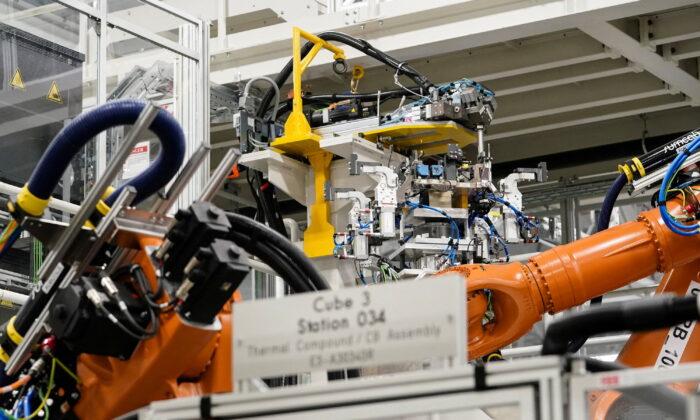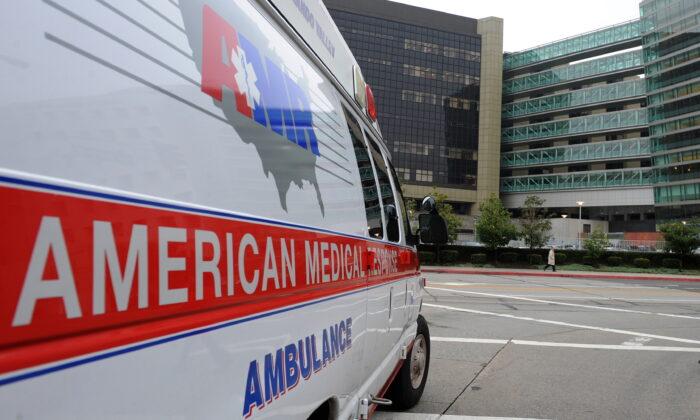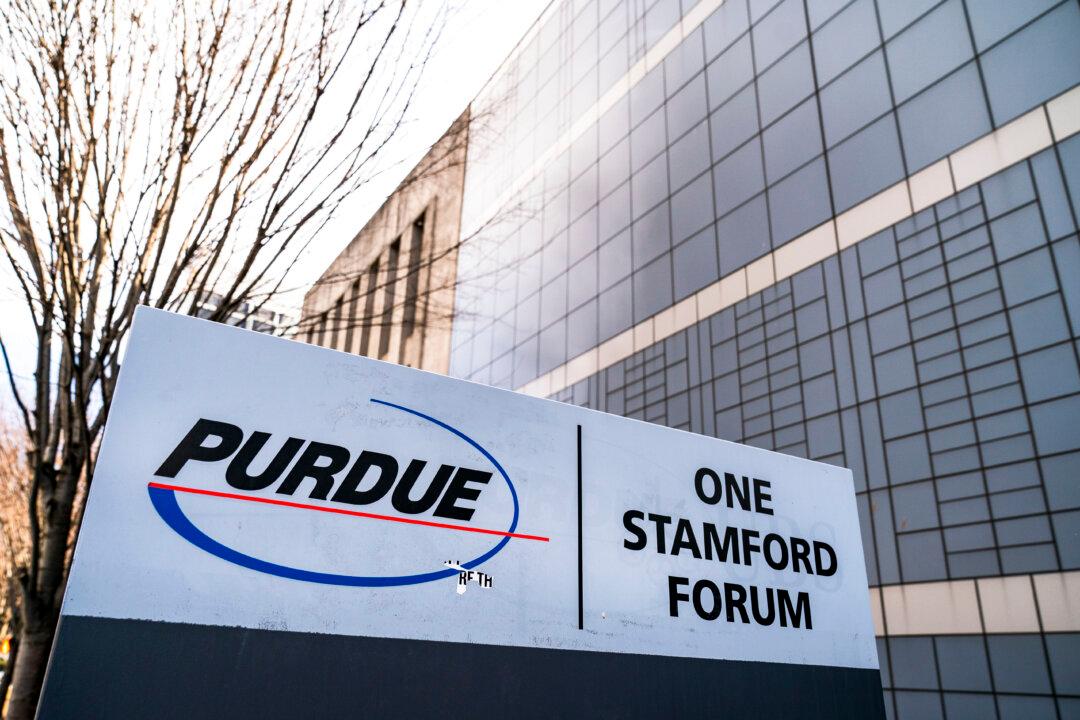South Carolina has joined the growing list of states that are incentivizing the production of electric vehicles and their batteries.
The future battery cell plant in Florence County will encompass 1.5 million square feet, building on Envision’s existing network that includes a battery manufacturing plant in Tennessee and one under construction in Kentucky.
The plant will supply Plant Spartanburg’s production of electric vehicles. In 2021, the BMW Group said nearly 70,000 electrified BMWs were built at the plant.
“For decades, Plant Spartanburg has been a cornerstone of the global success of the BMW Group. The home of the BMW X models that are so popular all over the world,“ said Oliver Zipse, U.S. BMW Group chairman of the board of management, in October. ”Going forward, it will also be a major driver for our electrification strategy, and we will produce at least six fully electric BMW X models here by 2030. That means: The ‘Home of the X’ is also becoming the ‘Home of the Battery Electric Vehicle.’”
“In addition, we can showcase BMW Group’s ‘local for local’ principle: Our newly developed sixth generation battery cells, which were specifically designed for the next generation electric vehicles, will be sourced here in South Carolina—where X goes electric.”
According to the BMW Group, Envision will produce newly developed lithium-ion battery cells for the sixth generation of BMW eDrive technology.
National Incentive
President Joe Biden’s Inflation Reduction Act has emphasized a crusade to reduce greenhouse gas emissions, an act providing federal incentives to companies that create policies that cater to the theory of man-made climate change.This had led to corporate demand for renewable technology that proponents of climate change say has less of an impact on the environment than nonrenewables.
LG Chem, a South Korean corporation, announced its plans to build a plant in Clarksville, Tennessee, on Nov. 21.
Critics who challenge the use of renewables as environmentally friendly argue that extraction of the rare earth minerals used to make the battery rely on methods that leave a deeper carbon footprint while contributing to social instability and violations of human rights.
The governor’s office said the company will use “responsible sources for its critical battery components—cobalt, lithium, and nickel—providing full transparency of extraction methods and increasing reliance on recycled materials, which will contribute to a reduction in carbon dioxide emissions from cell production in the new plant.”





